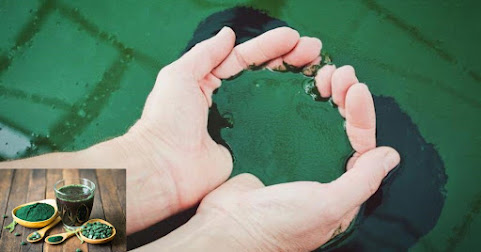Spirulina Farming Plant: Lifecycle From Cultivation to Harvest
How to setup Spirulina plant?
Spirulina, a blue-green algae, has gained immense popularity
as a superfood due to its high nutritional content. Its cultivation is not only
relatively simple but also sustainable, making it an attractive option for
farmers and entrepreneurs alike. Understanding the spirulina farming plant
setup, from cultivation to harvest,
is essential for producing high-quality algae that meet the demands of
health-conscious consumers.
- Preparation
and Cultivation: The lifecycle of a Spirulina
Farming Plant Setup begins with careful preparation. Spirulina
Cultivation requires a controlled environment, usually in shallow
ponds or specialized tanks. The water used needs to be alkaline and rich
in nutrients like nitrogen, and trace minerals. This creates the ideal
environment for Spirulina to thrive.
Temperature plays a crucial role in Spirulina cultivation.
The algae prefer warm temperatures, ideally between 30°C and 35°C (86°F to
95°F). Sunlight is another essential factor, as Spirulina photosynthesizes to
grow. Ensuring the right balance of sunlight and temperature is key to
successful cultivation.
- Growth
and Maintenance: Once the Spirulina culture is introduced to the
prepared environment, it begins to grow rapidly. This stage requires
regular monitoring to maintain optimal conditions. The water’s pH levels,
temperature, and nutrient concentration must be checked frequently. Any
imbalance can hinder growth or even kill the Spirulina.
Agitation of the water is also necessary to prevent the algae from settling and to ensure even distribution of light and nutrients. This can be achieved through mechanical stirring or air bubbling systems.
- Harvesting: Spirulina’s rapid growth means that it can be harvested regularly, often every few days, depending on the cultivation conditions. Harvesting is done using Filtration System. This Spirulina Harvesting Process separates the Spirulina from the cultivation water, which is then filtered to remove excess water.
- Drying and Processing: The drying process is crucial to preserving the nutrients in Spirulina. There are various methods for drying, including RWD Dryer and Spray Dryer. Each method has its advantages and impacts the final product’s quality.
- Packaging and Distribution: The final stage in the Spirulina lifecycle is packaging and distribution. The dried Spirulina is carefully packaged to prevent moisture exposure and maintain freshness. It is then distributed to markets around the world, where it reaches consumers looking to enhance their diet with this nutrient-dense superfood.
Spirulina
farming has a significant impact on sustainable food production. It
requires less water compared to traditional crops and can be grown in arid
lands. The process often incorporates the recycling of water and nutrients,
minimizing waste. Some facilities integrate with geothermal power stations for
energy efficiency, further enhancing the sustainability of large-scale
spirulina production.
The lifecycle of the Spirulina
Plant Setup is a carefully managed process, from cultivation to harvest.
Each stage, from preparing the ideal growth environment to the meticulous
harvesting and processing, ensures that the Spirulina retains its nutritional
value and purity. Understanding this lifecycle not only highlights the
complexity of Spirulina farming but also underscores the importance of
sustainable practices in producing this powerful superfood. As the demand
for spirulina continues to grow, so does its impact on the health food industry
and sustainable agriculture practices. The lifecycle of this remarkable
blue-green algae not only provides valuable insights into microalgae
cultivation but also opens up new possibilities for nutrition and environmental
sustainability.






Comments
Post a Comment